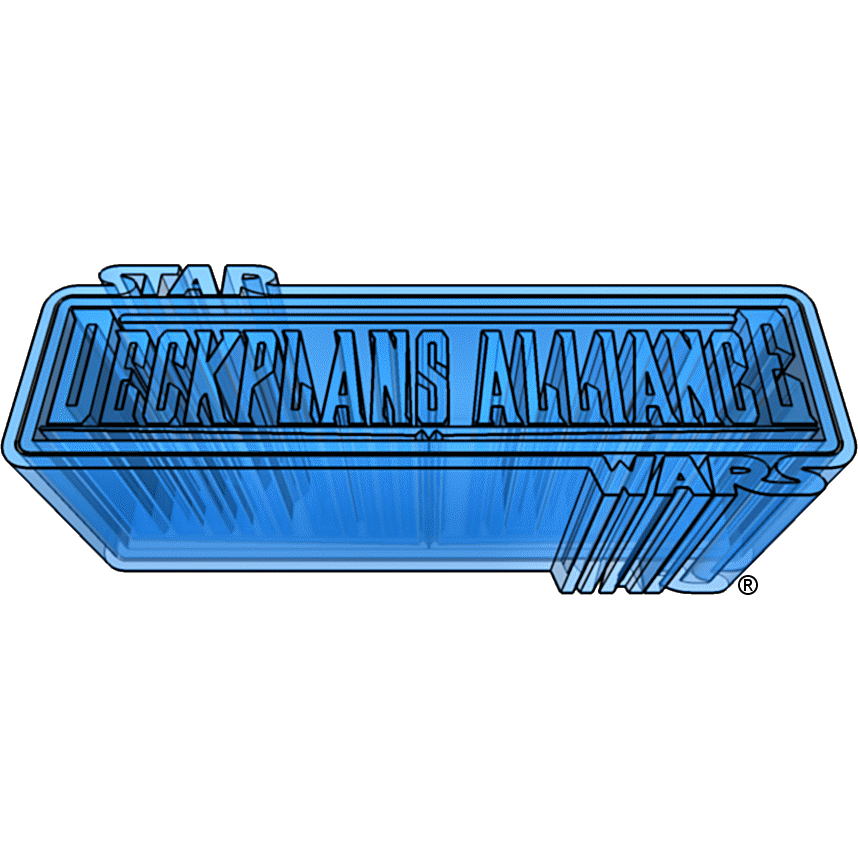
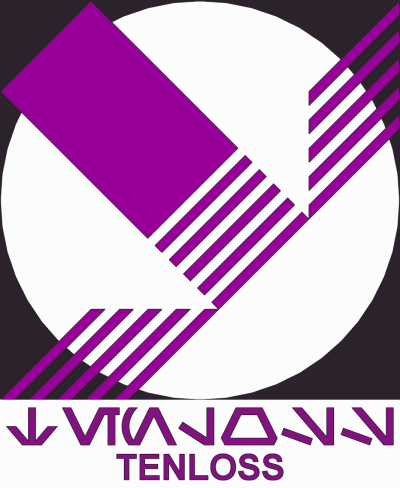
A research paper that studies the original publications from where the starfighter first appeared and was translated into game stats for The Star Wars® Roleplaying Game. From there we study the issues and problems with the fighter's design, game stats, interpretation, and development, comparing it to the original vision of Star Wars® author Kevin J. Anderson. Lastly, we list a set of proposals and recommendations to significantly improve the design for use in the game. Research paper compiled and written by Frank V Bonura with generous help from Paul Cargile and the membership of the Star Wars® Deckplans Alliance.
Below are compiled the three original sources of published information introducing the fighter to the Star Wars® franchise and the roleplaying game from 1994-1996.
Kessel's main defensive fleet swept into orbit and prepared for an orderly descent. One sleek, insectile ship, which Han recognized as a black-market-built Hornet Interceptor, peeled off, streaking downward in the Falcon's backdraft.
Chewbacca saw it first. The ship, aerodynamically perfect, slid through the atmosphere like a vibroblade, ignoring the heat generated on its hull. The ship fired surgical strikes of turbolasers at the Falcon's maneuvering jets, disabling them further.
"We're already crashing!" Han bellowed. "What more do they want?" But he knew: they wanted the Falcon to be destroyed on impact, all occupants erased. Han suspected he didn't need any help from the Hornet Interceptor.
As they plunged downward, the Falcon approached one of the giant atmosphere factories, a huge smokestack mounted on the surface of Kessel, where immense engines catalyzed the rock and cooked out gases into a cyclone of breathable air.
The Hornet Interceptor fired again. The Falcon lurched from a near miss. Chewbacca's face was grim. His fangs showed as he concentrated on keeping them alive.
— Kevin J. Anderson, “Jedi Search”,
page 11 (c. February 1, 1994)
"Chewie, pull as close to the plume as you can. I've got an idea." Chewbacca yowled, but Han cut him aff. "Just do it, buddy!"
When the Hornet tried to outflank them, Han swept the ship aside as the towering plume of atmosphere boiled into the sky. The Hornet Interceptor tried to second-guess his move, but Han lurched sideways again, driving the Hornet into the roaring upward flow of wind.
An aileron strut in the delicate insectile wing snapped off, and the Hornet spun into the cyclone. Other parts of its hull broke apart as the ship tried to escape but lurched deeper into the danger zone. Han gave a cry of triumph as the ship exploded into flames that were pulled to tatters by the atmosphere factory's vortex.
— Kevin J. Anderson, “Jedi Search”,
page 12 (c. February 1, 1994)
MODIFIED TENLOSS HORNET INTERCEPTOR
The Hornet Interceptor is a sleek air and space fighter built by groups in the galactic black market and commonly found in the hands of pirates, smugglers, and other criminals.
The ship was originally designed by a consortium of freelance starship engineers who were hired by the mysterious Tenloss Syndicate, a shadowy criminal organization specializing in gunrunning, extortion, and smuggling. The Tenloss Leukisha (governing council) desired a short-range fighter for combating mercenary and pirate forces . . . and the occasional TIE fighter patrol that got too nosy. Amid the upheaval that followed the death of Emperor Palpatine, these engineers were forced to hire their services out indiscriminately just to earn a living. Fortunately for the Tenloss Syndicate, the engineers more than earned their money.
The Tenloss Syndicate required a ship that was similar to the TIE fighter in mission profile: fast, lightweight, and easily mass-produced. The Hornet has a thin, rounded fuselage with insectile wings for atmospheric flight. The cockpit is placed in a self-contained command pod which can be ejected in an emergency. To save on mass, hull armor plating has been kept to a minimum except on the rear fuselage, where enemy strikes are most likely. The lack of armor is made up for by two small shield generators which provide a modest degree of protection.
The Hornet's greatest asset is its maneuverability. While only marginally faster at sublight than the X-wing, the Hornet has engines and maneuvering jets that are placed amidships and triangulated at equidistant points around the hull. This gives pilots a decided edge in dogfights, where maneuverability is often the key to survival. Since the ship is designed only for short-range duty, the Hornet has no hyperdrives.
The Hornet's weaponry is an unusual hybrid of turbocharged laser cannons. While not full turbolasers, these weapons have more punch than do standard laser cannons, although they also become dangerously unstable after only a few uses.
The Hornet Interceptor has been made available only to groups affiliated with the Tenloss Syndicate. Because of the excellent performance of the ship, there is a high demand for these vessels. In the year after the death of the renewed Emperor, a great many of these ships were stolen from the Syndicate and sold to other criminal groups. Naturally, many of these deals were put together under questionable circumstances, and more often than not the buyers found that their illicit credits had paid for Hornets that had been stripped down and rebuilt with second-rate, cast-off parts from old Z-95 Headhunters and Y-wings.
Han Solo battled a Hornet Interceptor while on a diplomatic mission to Kessel. The administrator at that time, Moruth Doole, longed to exact revenge on Solo for past transgressions and ordered his fleet of fighters to shoot down the Millennium Falcon. One of those ships included a Hornet.
— Bill Smith, “The Essential Guide to Vehicles and Vessels”,
page 64 (c. March 19, 1996)
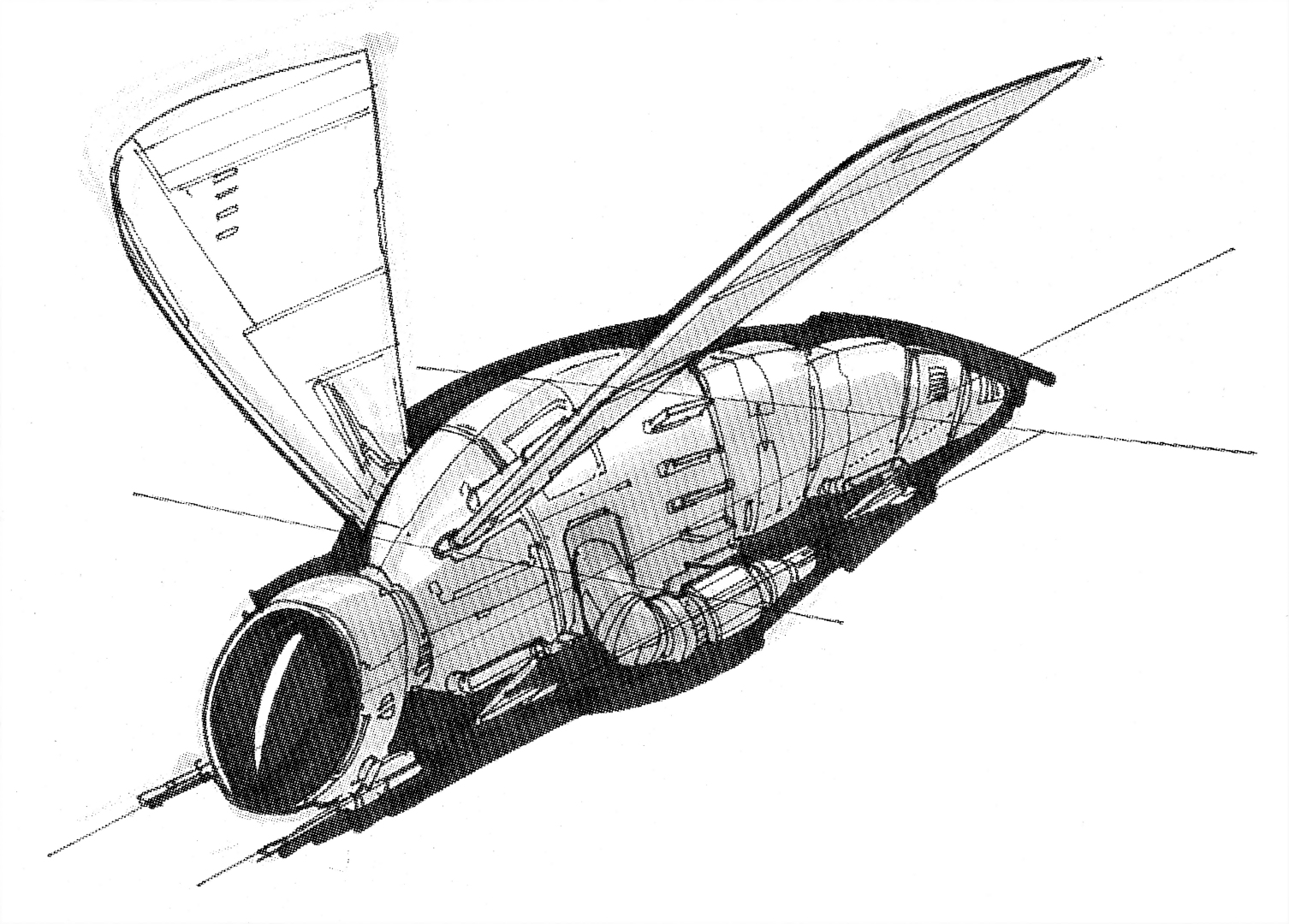
Fig. 1 — Hornet Interceptor 3/4 view sketch, artwork by: Doug Chiang,
“The Essential Guide to Vehicles and Vessels”, page 64 (c. March 19, 1996)
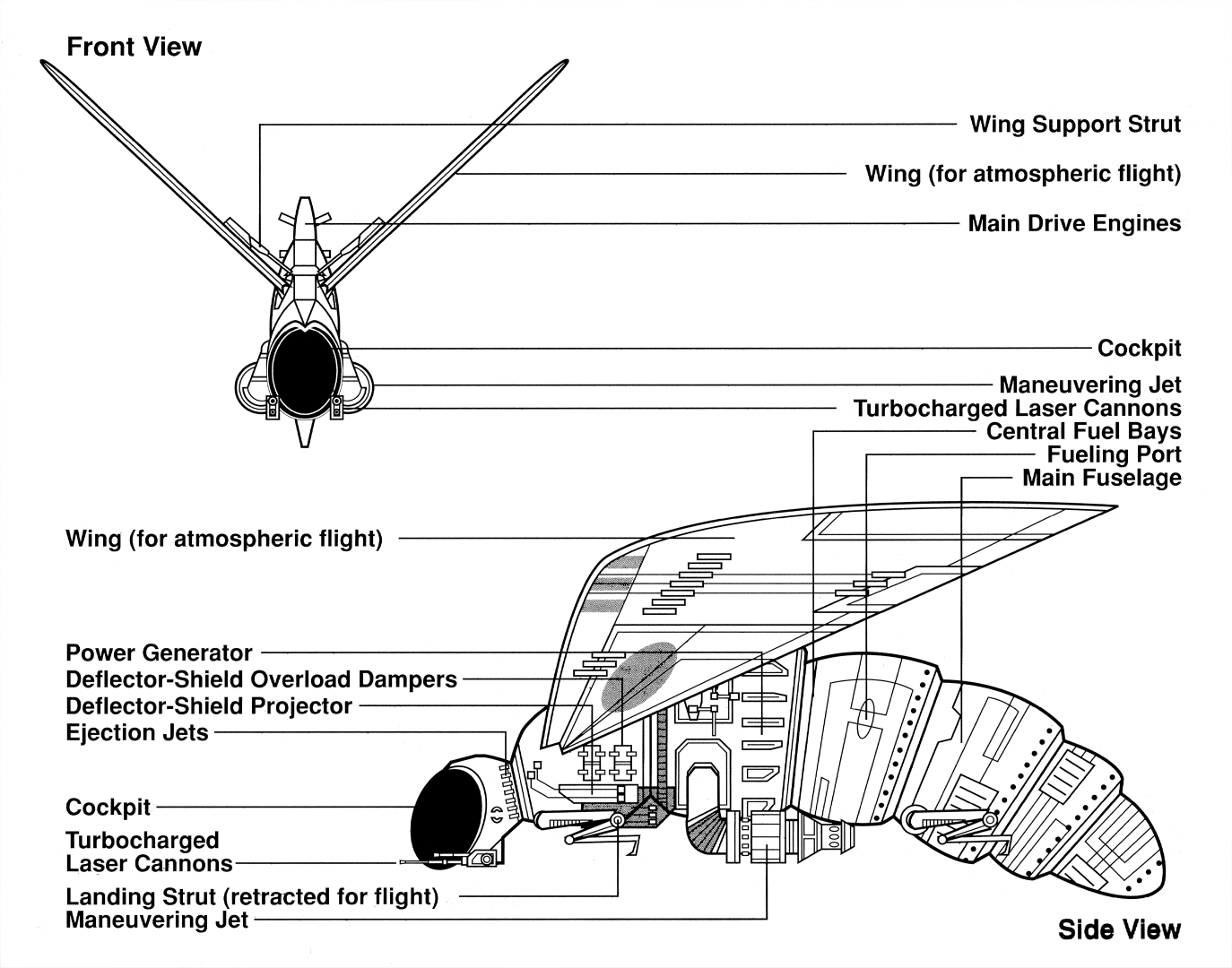
Fig. 2 — Hornet Interceptor schematic, artwork by: Troy Vigil,
“The Essential Guide to Vehicles and Vessels”, page 65 (c. March 19, 1996)
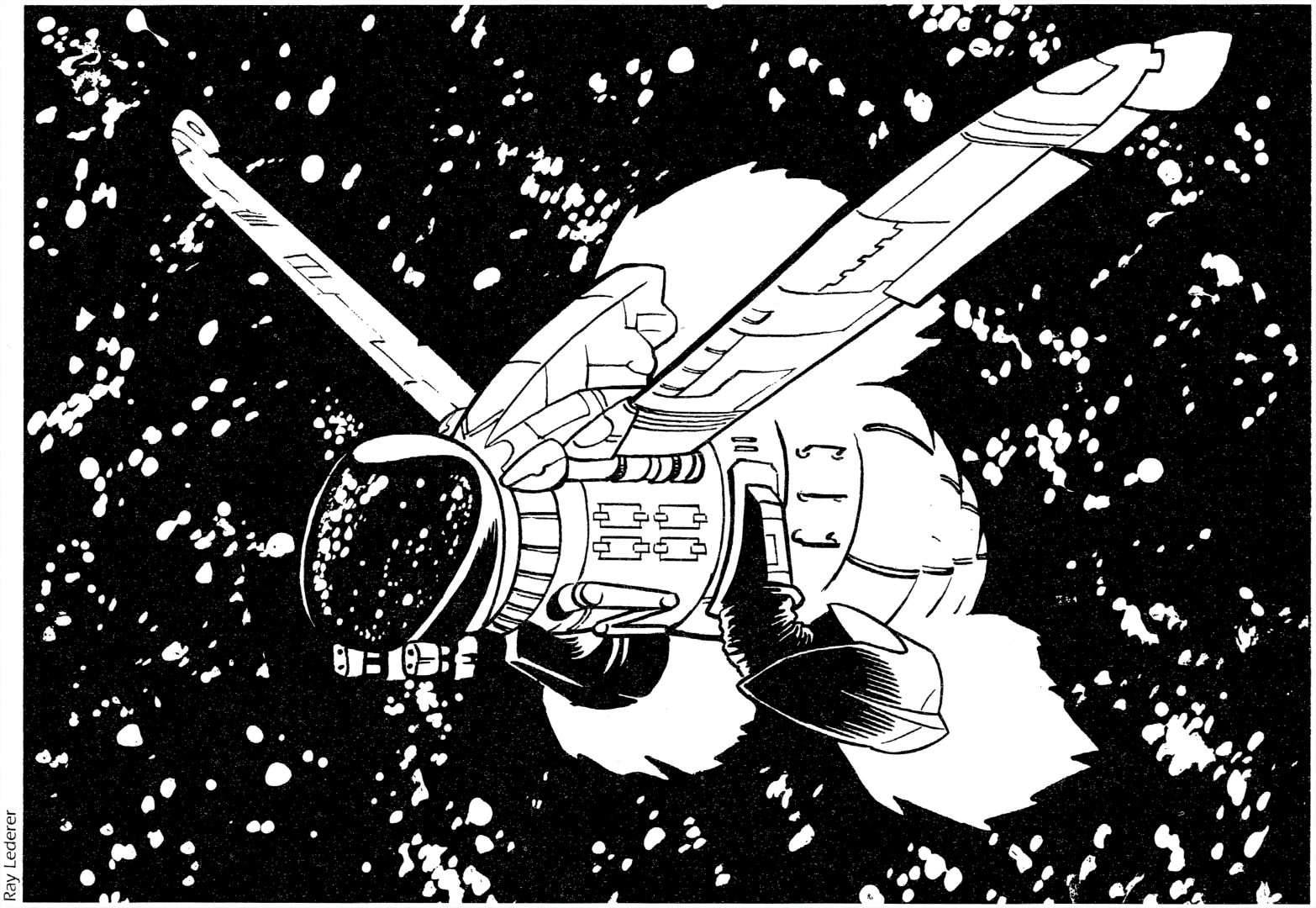
Fig. 3 — Hornet Interceptor 3/4 view in space, artwork by: Ray Lederer,
“The Jedi Academy Sourcebook”, page 127 (c. April 1996)
Hornet Interceptor
The Hornet Interceptor is an extremely fast and maneuverable starfighter; a sleek, black,b market-built ship commonly found in the hands of pirates, smugglers and criminals.
The Hornet was designed by a freelance team of engineers hired by the Tenloss Syndicate, a shadowy criminal organization which wanted a short-range fighter which could hold its own against other starfighters, including the ubiquitous TIE fighter. The engineering team, made up of a group of unemployed ex-Imperial engineers headed by an outlaw tech named Spang, decided to base its design on the mission profile of the TIE. They succeeded in turning out a compact starfighter which is fast, lightweight and easily mass-produced.
The Hornet has a slim, streamlined fuselage, and insectile wings which help it to maneuver in atmospheres. In keeping with its profile as an interceptor, the Hornet is extremely fast, both in space and in an atmosphere. Like the TIE, the Hornet lacks hyperdrive engines and has limited hull plating to increase speed. Unlike the TIE, it does have two small shield generators to provide modest protection — most criminal organizations value their pilots more than the Empire does, if only because they are more difficult to replace.
The cockpit is in a reinforced, self-contained command pod which breaks away from the fuselage in emergencies to form a small and durable escape pod. Again, pirate pilots are valuable assets.
The Hornet really shines in maneuverability. Its engines and maneuvering jets, placed amidship and triangulated at equidistant points around the hull, allow the pilot to make very sudden changes in direction which other starfighters have difficulty in duplicating. A pilot facing a talented Hornet pilot quickly discovers two things: first, that it is very difficult to keep a Hornet in his targeting sights, and second, that it is even more difficult to shake one off his tail.
The Hornet boasts a pair of hybrid turbocharged laser cannons, an extremely powerful weapon for such a small ship, and one which packs a powerful punch. Unfortunately, the technology which allows a small starfighter's power plant to generate enough power to fire even a weak turbolaser weapon is also notoriously unstable—a pilot who uses his turbolasers more than three or four times in a dogfight risks having the weapon rupture and severely damage his ship. To provide an alternate source of firepower, some models feature regular lasers as well as the turbolasers.
The Hornet Interceptor was initially only made available to groups affiliated with the Tenloss Syndicate. However, their excellent capabilities and low price tag have made them extremely desirable to other criminal groups and even some governments. Though the Tenloss Syndicate has yet to directly sell the Hornet outside of its organization, large numbers have been stolen or resold, and rogue engineers have succeeded in reverse engineering the design and producing near-duplicate models. As a result, Hornets and Hornet "clones" are becoming an increasingly common sight in the fringe areas of the galaxy.
— Paul Sudlow, “The Jedi Academy Sourcebook”,
pages 126-128 (c. April 1996)
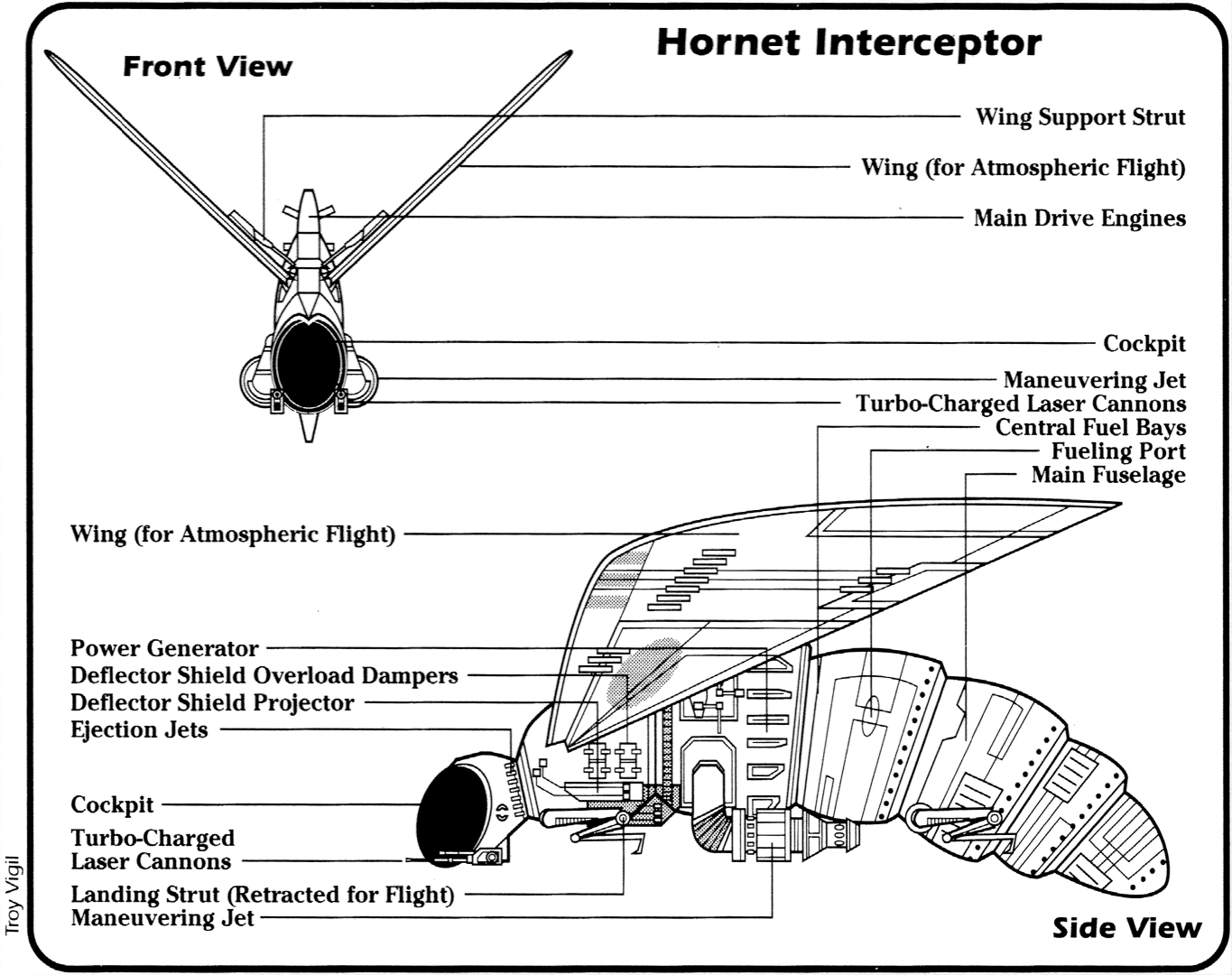
Fig. 4 — Hornet Interceptor Schematic, artwork by: Troy Vigil,
“The Jedi Academy Sourcebook”, page 128 (c. April 1996)
Hornet Interceptor
- Craft: Modified Tenloss Hornet Interceptor
- Type: Space superiority fighter
- Scale: Starfighter
- Length: 14 meters
- Skill: Starfighter piloting: Hornet
- Crew: 1
- Crew Skill: Starfighter piloting 4D, starship gunnery 4D+1
- Cargo Capacity: 80 kilograms
- Consumables: 5 days
- Cost: 75,000 (new), 32,000 (used)
- Maneuverability: 3D+2
- Space: 9
- Atmosphere: 400; 1,150 kmh
- Hull: 1D+2
- Shields: 2D+2
- Sensors:
- Passive: 20/0D
- Scan: 40/1D
- Search: 65/2D
- Focus: 3/3D
- Weapons:
- 2 Turbo-charged Laser Cannons (fire-linked)*
- Fire Arc: Front
- Skill: Starship gunnery
- Fire Control: 2D
- Space Range: 1-4/14/27
- Atmosphere Range: 100-400/1.4/2.7 km
- Damage: 10D
Alternate Weapon Configuration
- 2 Laser Cannons (fire-linked)
- Fire Arc: Front
- Skill: Starship gunnery
- Fire Control: 1D
- Space Range: 1-3/15/25
- Atmosphere Range: 100-300/1.5/ 2.5 km
- Damage: 5D+2
*Once fired more than three limes in a dogfight, the turbo-charged laser cannons rupture on a wild die roll of one, causing 6D damage to the ship itself.
— Paul Sudlow, “The Jedi Academy Sourcebook”,
page 128 (c. April 1996)
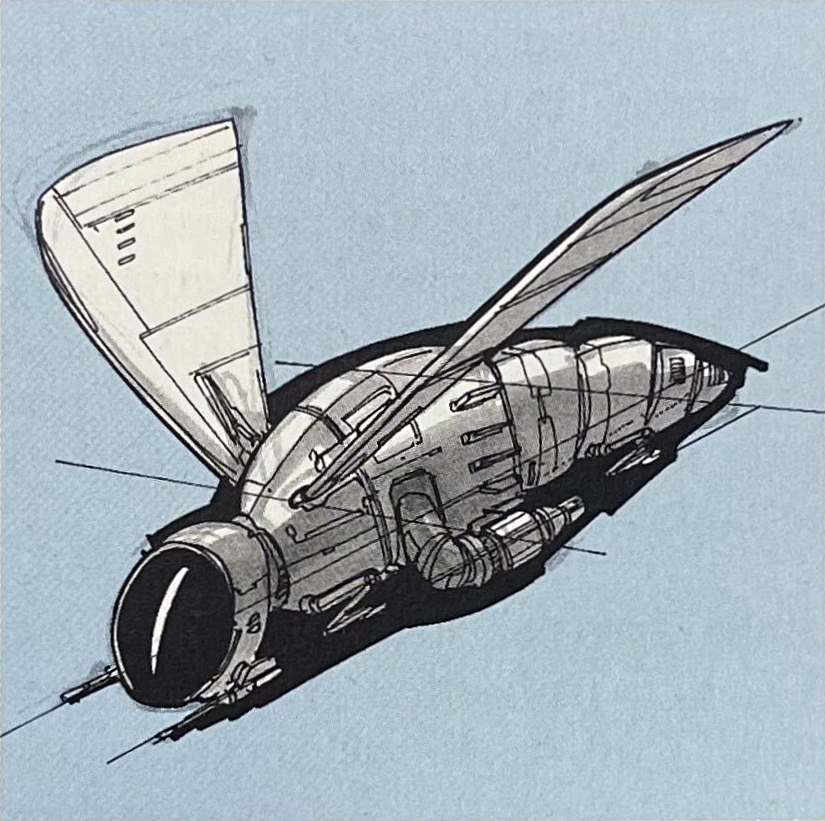
Fig. 5 — Hornet Interceptor 3/4 view sketch, artwork by: Doug Chiang,
“STAR WARS® Encyclopedia”, page 131 (c. July 1998)
Hornet Interceptor An aerodynamically perfect ship, it is a sleek air-and-space fighter built by black marketeers and favored by pirates, smugglers, and other criminals. The Hornet Interceptor was originally designed by a group of freelance starship engineers for the Tenloss Syndicate, a shadowy criminal organization specializing in gun-running, extortion, and smuggling. The Hornet has a thin, daggerlike design, with insectlike wings for atmospheric flight. Its biggest asset is its maneuverability. A tighter turning radius and better maneuvering jets than an X-wing give it an edge in dogfights. A Hornet carries turbocharged laser cannons. Han Solo battled a Hornet Interceptor while on a diplomatic mission to Kessel after administrator Moruth Doole ordered his fighter fleet to shoot down the Millennium Falcon. [JS, GG11]
— Stephen J. Sansweet, “STAR WARS® Encyclopedia”,
page 131 (c. July 1998)
I did not see the sketches until they were actually published, and the designs in the book were not what I'd had in mind. I wanted something that had the sleek ellipsoidal feel of an elongated hornet body but very streamlined...not a robot insect.
— Kevin J. Anderson (Interview)
Below are issues discovered to be inconsistent with other Star Wars® sources and internally within the fighter's own source material. The priority of these articles, where possible, is to place precedence over older sources when compared to newer sources. The reasoning for this policy is due to the numerous incidents in the franchise's history to copy mistakes over and over — thus chronological study often produces effective diagnosis and solution. Readers are encouraged to contribute to the discussion via Email or social media.

“One sleek, insectile ship, which Han recognized as a black-market-built Hornet Interceptor, peeled off, streaking downward in the Falcon's backdraft.”
— Kevin J. Anderson, “Jedi Search”,
page 11 (c. February 1, 1994)
“An aileron strut in the delicate insectile wing snapped off, and the Hornet spun into the cyclone.”
— Kevin J. Anderson, “Jedi Search”,
page 12 (c. February 1, 1994)
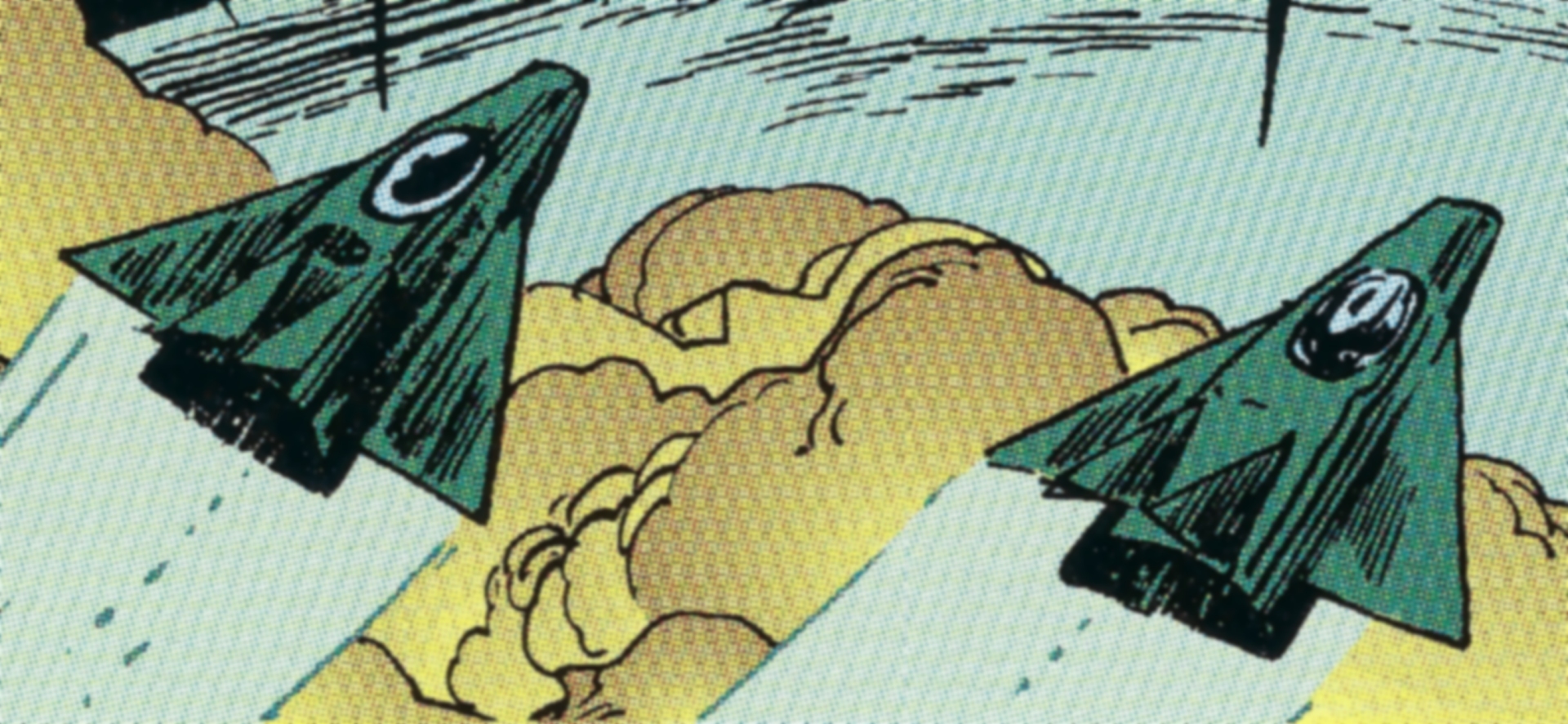
Fig. 6 — Z-95 Headhunters, artwork by: Alfredo p. Alcala,
“Han Solo at Stars' End” Newspaper Comic (c. October 6, 1980 - February 8, 1981)
“A pair of wasplike Z-95 Headhunters streaked past them, shooting fire-linked banks of triple blasters;”
— Kevin J. Anderson, “Jedi Search”,
page 320 (c. February 1, 1994)
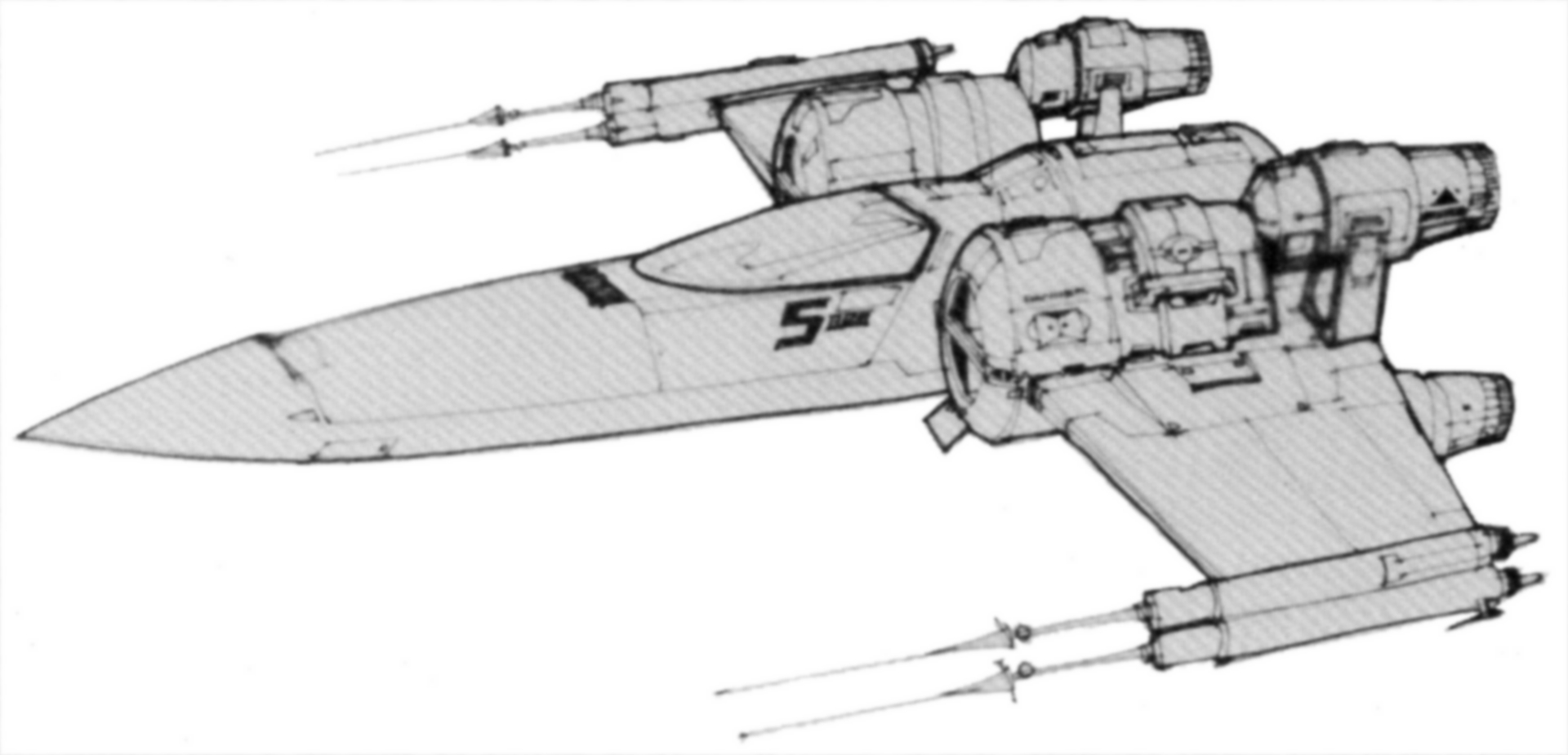
Fig. 7 — Z-95 Headhunter, artwork by: Joe Johnston, “Tatooine Manhunt”, page 32 (c. May 1988)
“The cockpit doors swung up like the wings of a great insect and the pilot emerged.”
— Kevin J. Anderson, “Dark Apprentice”,
page 257 (c. June 1, 1994)
“He reached the second tier of the ziggurat and paused to look down at the insectile shape of his Z-95 fighter resting in the center of the landing grid.”
— Kevin J. Anderson, “Dark Apprentice”,
page 333 (c. June 1, 1994)
“One of the other ships, an insectile Z-95 Headhunter—the type of ship Mara herself often flew—streaked in beside the Falcon.”
— Kevin J. Anderson, “Champions of the Force”,
pages 240-241 (c. September 1, 1994)
Clearly author Kevin J. Anderson used terms like “insectile”, “wasplike”, and “like the wings of a great insect” in figurative language throughout the Jedi Academy Trilogy. Interpreting the Hornet Interceptor as literally looking like an insect is incorrect in the context that similar terms were used to describe the Z-95 Headhunter. The Z-95 Headhunter (fig. 6 and 7) a contemporary fighter, already established in 1993 (when Kevin J. Anderson was still writing the text), did not look like a “robot insect”. There are more occurrences of the Headhunter being described as “insectile” than the Hornet. Therefore it is prudent to use Mr. Anderson's own words to define descriptors on newly established story elements at the time of publication.

The Hornet has a thin, daggerlike design, with insectlike wings for atmospheric flight.
— Stephen J. Sansweet, “STAR WARS® Encyclopedia”,
page 131 (c. July 1998)
Four years later, in the encyclopedia, an attempt to reconcile the contradictory artwork with the original text confuses the issue because “insectlike wings” would not be optimal for a 14 meter atmospheric interceptor traveling at supersonic, hypersonic, or transonic speeds. We will further explore the issue later in this paper.

The ship, aerodynamically perfect, slid through the atmosphere like a vibroblade, ignoring the heat generated on its hull.
— Kevin J. Anderson, “Jedi Search”,
page 11 (c. February 1, 1994)
Terms, in the original novel, like “aerodynamically perfect”, and “like a vibroblade”, suggest a supersonic or hypersonic aircraft with minimal drag in its design. Also suggested in the text, the fighter is at home transitioning from orbit to atmosphere withstanding transonic speeds with little difficulty. The aerodynamics of insects and fighter aircraft have extremely different characteristics due to the factor of size. The relative thickness of a given atmosphere on an object in flight varies greatly when comparing a 3 centimeter insect to a 14 meter fighter.
Compounding the mismatch in design, due to size, is the fact the artwork is inconsistent (please refer to fig. 1, 2, and 3). All official artwork depict the Hornet with a significant lack of smoothness or a lack of sharp leading edges, with many varying details that will magnify turbulence (drag) even on a more traditional jet fighter design much less a 14 meter “robot insect”. A perfect example, as seen in all the artwork, is the landing gear, which gives the interceptor a more insect-like appearance. However, with said landing gear stowed externally, increase drag and reduces the ”aerodynamic perfection”. Also note: the dorsal/zenith-mounted engine depicted in the Essential Guide (p. 65) front view, and Jedi Academy Sourcebook (p. 127) does not appear in the 3/4 view sketch of the Essential Guide (p. 64).
Although the existing artwork could facilitate excellent aerodynamic flight characteristics with efficiently-shaped particle shielding (the game stats for the fighter's shields are significant), it makes no economical or practical sense to design a fighter for optimal performance in atmosphere only when its shielding is activated. If in the event of particle shield failure, the unshielded form of this craft would become unstable and dangerous even if moving only at a cautious speed of 40 meters per second in an atmosphere.
“An aerodynamically perfect ship, it is a sleek air-and-space fighter”
“The Hornet has a thin, daggerlike design”
— Stephen J. Sansweet, “STAR WARS® Encyclopedia”,
page 131 (c. July 1998)
Four years later, the encyclopedia supports the descriptions of the original novel in spite of the use of the same artwork from the essential guide that do not agree with the text.
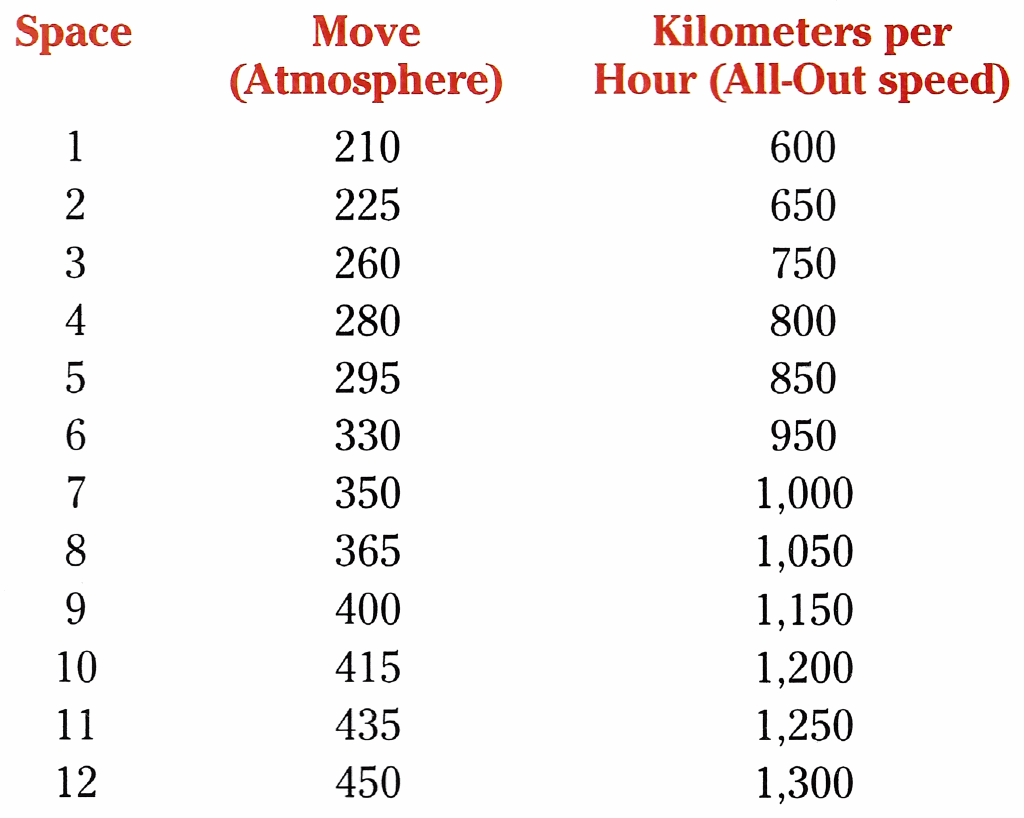
Fig. 8 — Ships in an Atmosphere Chart, “The Star Wars Roleplaying Game”, Revised and Expanded, page 129 (c. August 1996)
— Paul Sudlow, “The Jedi Academy Sourcebook”,
- Space: 9
- Atmosphere: 400; 1,150 kmh
page 128 (c. April 1996)
There is also a discrepancy with the speed of the spacecraft in the game stats as published. The space speed of the fighter in vacuum matches the atmospheric speed as seen on the above chart (see Fig. 8). An “aerodynamically perfect” spacecraft would have reduced drag in atmosphere and logically an improved atmospheric speed such as:
- Space: 9
- Atmosphere: 415; 1,200 kmh
or
- Space: 9
- Atmosphere: 435; 1,250 kmh
This would give the spacecraft equal to or, superior atmospheric speed performance as compared to the TIE Fighter whose role profile it was designed to match.

One sleek, insectile ship, which Han recognized as a black-market-built Hornet Interceptor, peeled off, streaking downward in the Falcon's backdraft.
— Kevin J. Anderson, “Jedi Search”,
page 11 (c. February 1, 1994)
The Hornet Interceptor is a sleek air and space fighter built by groups in the galactic black market and commonly found in the hands of pirates, smugglers, and other criminals.
The ship was originally designed by a consortium of freelance starship engineers who were hired by the mysterious Tenloss Syndicate, a shadowy criminal organization specializing in gunrunning, extortion, and smuggling.
— Bill Smith, “The Essential Guide to Vehicles and Vessels”,
page 64 (c. March 19, 1996)
The Hornet Interceptor is an extremely fast and maneuverable starfighter; a sleek, black,a market-built ship commonly found in the hands of pirates, smugglers and criminals.
The Hornet was designed by a freelance team of engineers hired by the Tenloss Syndicate, a shadowy criminal organization which wanted a short-range fighter which could hold its own against other starfighters, including the ubiquitous TIE fighter. The engineering team, made up of a group of unemployed ex-Imperial engineers headed by an outlaw tech named Spang, decided to base its design on the mission profile of the TIE.
— Paul Sudlow, “The Jedi Academy Sourcebook”,
pages 126-128 (c. April 1996)
Hornet Interceptor An aerodynamically perfect ship, it is a sleek air-and-space fighter built by black marketeers and favored by pirates, smugglers, and other criminals. The Hornet Interceptor was originally designed by a group of freelance starship engineers for the Tenloss Syndicate, a shadowy criminal organization specializing in gun-running, extortion, and smuggling.
— Stephen J. Sansweet, “STAR WARS® Encyclopedia”,
page 131 (c. July 1998)
Although called a “black market” and a “criminal” organization in numerous published sources, is the Tenloss Syndicate black market or criminal or do they operate in their own part of galactic space not controlled by the Galactic Empire or later by the New Republic? Often naming conventions are assigned by factions adversarial to the interests of said organization. It is also possible political bias on part of various authors may be a factor. It is entirely possible to interpret the actions of the Tenloss Syndicate of those of a libertarian government body making its own laws, or lack there of, when compared to the authoritarian Galactic Empire, and the later regulations of the New Republic.
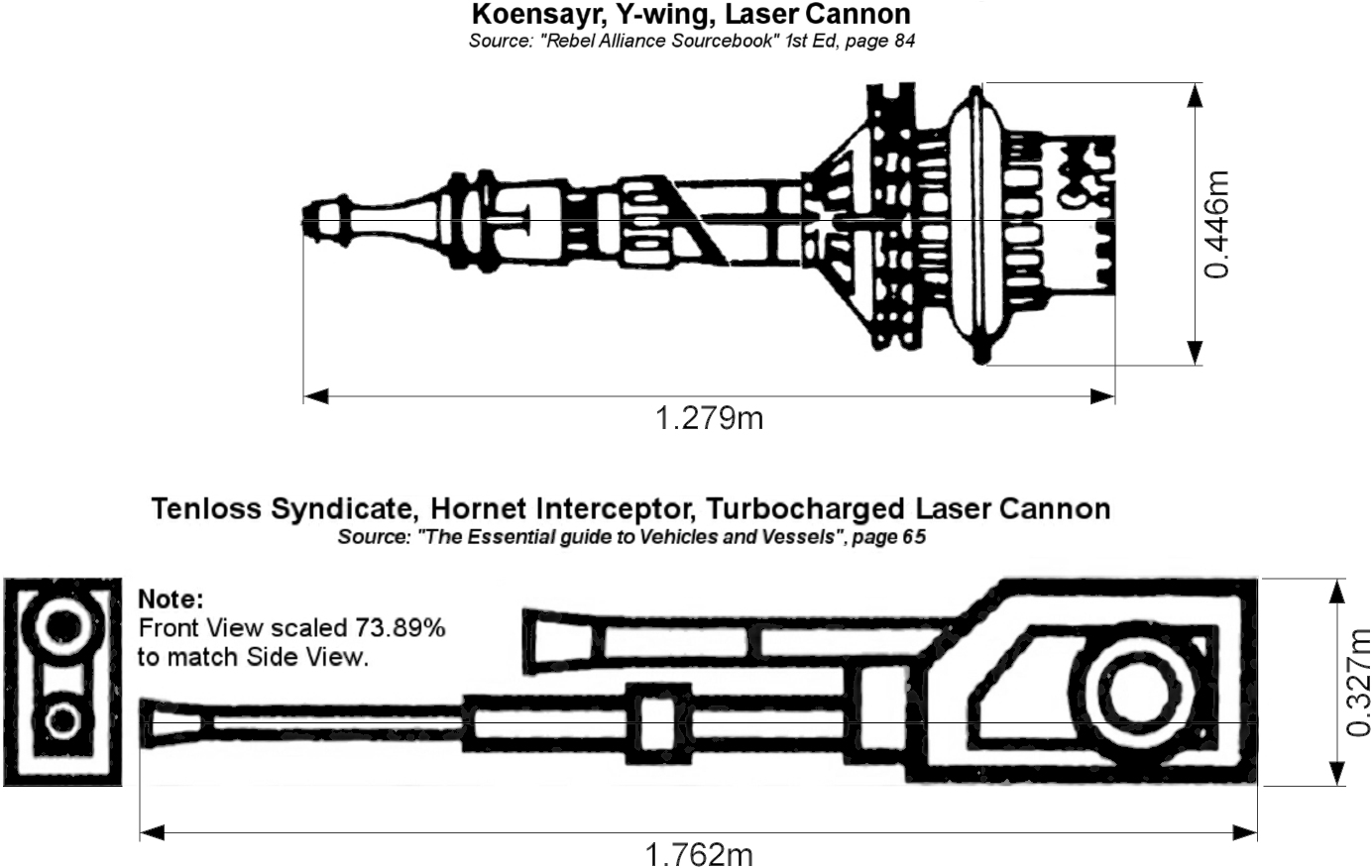
Fig. 9 — Y-wing Laser Cannon (cropped), Artwork by: Karl Martin, “The Rebel Alliance Sourcebook”, First Edition, page 84 (c. October, 1990); Hornet Interceptor Turbocharged Laser Cannon (cropped), artwork by: Troy Vigil, “The Essential Guide to Vehicles and Vessels”, page 65 (c. March 19, 1996)
The ship fired surgical strikes of turbolasers at the Falcon's maneuvering jets, disabling them further.
— Kevin J. Anderson, “Jedi Search”,
page 11 (c. February 1, 1994)
Unlike the TIE, it does have two small shield generators to provide modest protection — most criminal organizations value their pilots more than the Empire does, if only because they are more difficult to replace.
— Paul Sudlow, “The Jedi Academy Sourcebook”,
page 127 (c. April 1996)
The Hornet boasts a pair of hybrid turbocharged laser cannons, an extremely powerful weapon for such a small ship, and one which packs a powerful punch. Unfortunately, the technology which allows a small starfighter's power plant to generate enough power to fire even a weak turbolaser weapon is also notoriously unstable—a pilot who uses his turbolasers more than three or four times in a dogfight risks having the weapon rupture and severely damage his ship.
— Paul Sudlow, “The Jedi Academy Sourcebook”,
page 127 (c. April 1996)
*Once fired more than three limes in a dogfight, the turbo-charged laser cannons rupture on a wild die roll of one, causing 6D damage to the ship itself.
— Paul Sudlow, “The Jedi Academy Sourcebook”,
page 128 (c. April 1996)
There is no "official" explanation as to why there is an inconsistency in the nomenclature of the Hornet's weapon system. Originally author Kevin J. Anderson calls the weapon system “turbolasers”. As to why they are later called “hybrid turbocharged laser cannons” has not been explained nor has the difference between a turbolaser and a hybrid turbocharged laser cannon ever been explained in any Star Wars® publication. Likewise, what weapon types form the hybrid design is unclear.
Perhaps the two terms are a form of in-universe slang and are interchangeable. The slang term could have originally been referring to a radial particle accelerator attached to a given weapon, to extend rage, and was eventually shortened to "turbo" for brevity. The terms "turbo" and "turbocharged" make little sense in the Star Wars® galaxy where economical fusion power, and gravity control are commonplace. Out-universe, back in 1977, turbocharged automobiles were becoming mainstream in the United States and George Lucas chose to pander to the latest technological terms in his new space opera.
If the Tenloss Syndicate values its pilots why would such a dangerous weapon system be implemented? We suspect the above mentioned overload “quirk” was added to the fighter for game balance in the roleplaying game with little thought about the realistic implications of building such a weapon system and how it would function in-universe as compared to similar conditions in the real world.
A pair of “hybrid turbocharged laser cannons” exploding, doing 6D damage (Starfighter Scale) to a ship with a Hull of 1D+2 (Starfighter Scale) would do an average damage of "36" (42 - 6 = 36) points. It should be noted, an internal explosion would do damage without the protection of the ship's defensive shields. Only 16 points or more damage, than the Hull, are necessary to destroy the interceptor. If the weapon's systems explode, the Hornet will be destroyed two and a quarter times over (36 ÷ 16 = 2.25) on average. Basically the result is a guaranteed total destruction of the ship. Clearly, this was a game balance safeguard to prevent a player's character obtaining a Hornet Interceptor and abusing its firepower by going on a destructive killing spree.
This begs the question: why so much power and then the reflexive need to keep it in check in the roleplaying game with a quirk? In its first appearance, in the novel Jedi Search, the Hornet Interceptor shoots down Han Solo's ship the Millennium Falcon. In-game the Millennium Falcon is quite overpowered having a Hull rating of 6D (Starfighter Scale) and a maximum Shield rating of 3D (Starfighter Scale) for a total of 9D Damage Resistance. We can understand giving the Hornet a stat of 10D damage, in the roleplaying game, to overcome the Falcon's maximum defence of 9D. What was not considered was what would happen when the weapon was fired at non-overpowered ships (a.k.a. ordinary or stock ships) in the game.
We could easily interpret the events of the original novel differently from the RPG's perspective. Noted in multiple sources, it is claimed the Hornet is a “fast and maneuverable starfighter”. The original novel describes the fighter as targeting the Millennium Falcon's maneuvering jets, surgically striking them, and not simply firing at the ship's fully-shielded aft section. Significantly less destructive power would be needed if the Hornet had outmaneuvered the Millennium Falcon scoring a hit on a weaker unshielded flank by jinxing from side-to-side and not a hit on its fully-shielded aft section. An unshielded flank hit would only be 6D Damage Resistance instead of 9D. Now all that is needed is a pair of “hybrid turbocharged laser cannons” that do 7D-8D damage to agree with the original novel. The result is a fighter that agrees with the novel text, is less overpowered, and thus posses a lesser threat in the hands of an abusive player in the roleplaying game.
Lastly, in the real world, such a weapon system, as written in-game, would have a indicator gauge to warn the pilot of overheating/overloading. Likewise, such a system would automatically shut down the weapon until it cooled down and again could be fired without exploding. The only time there would be a threat of explosion, firing the weapon system, is if the pilot or tech disabled the shut down circuit or disconnected the sensor that would indicate an overload. The stresses, distractions, and chaos of air/space combat would make an unprotected overload condition a liability to the spacecraft and the pilot. No organization that “value their pilots” would send them up in such a dangerous spacecraft with the stats as published in The Jedi Academy Sourcebook.
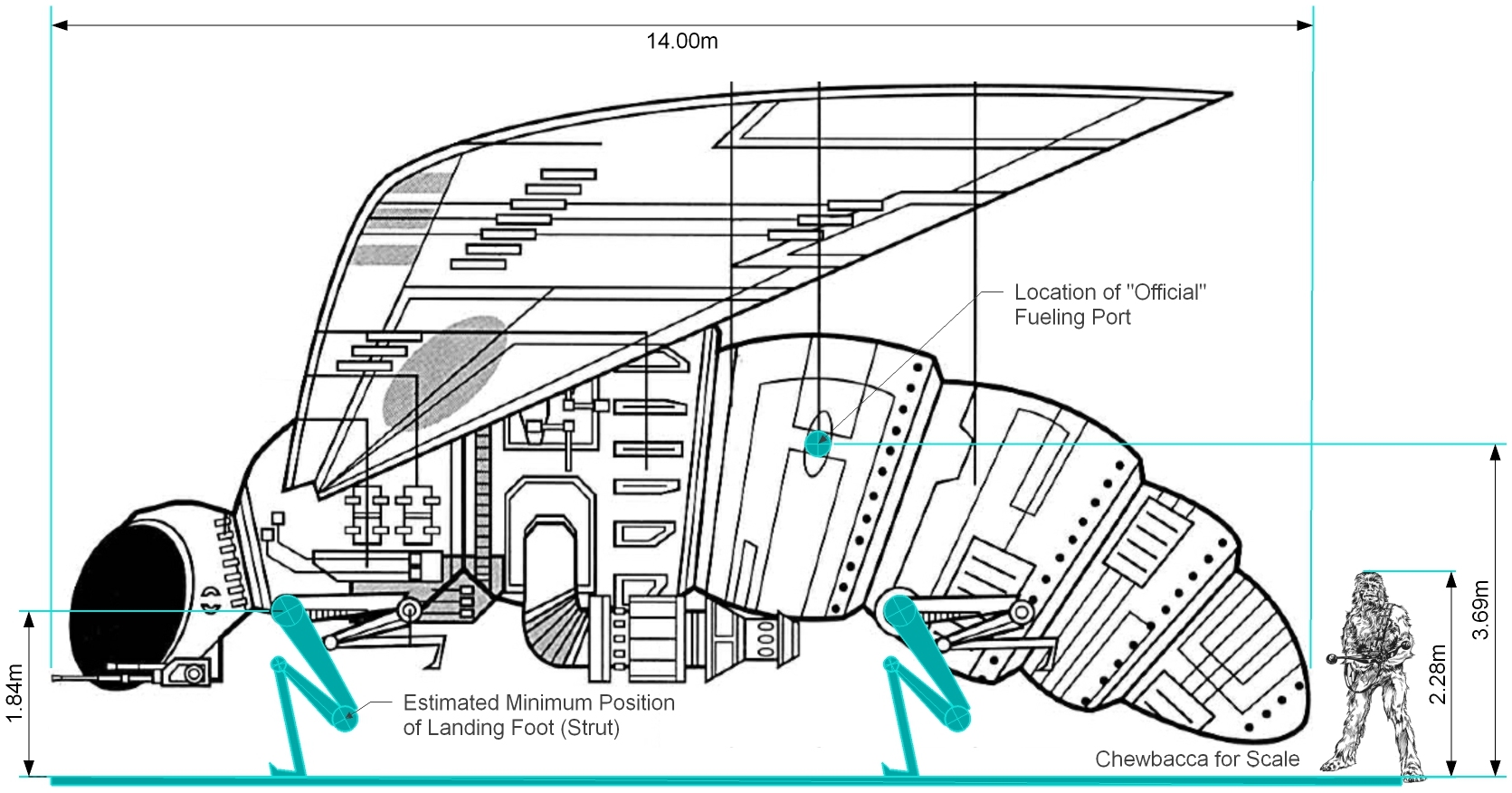
Fig. 10 — Landing Feet and Fuel Port study (scaled and dimensioned) Hornet Interceptor schematic, artwork by: Troy Vigil, “The Essential Guide to Vehicles and Vessels”, page 65 (c. March 19, 1996); Wookiee Chewbacca (scaled for comparison), artwork by: Michael Butkus, “The Essential Guide to Characters”, page 30 (c. October, 1995)
In the above image (Fig. 10) we took the liberty to trace the “landing struts” of the published artwork, and extend them to the minimum clearance with the ground. We likewise superimposed a scaled 2.28 meter Chewbacca next to the 14 meter-long interceptor.
The externally-mounted landing gear would produce significant turbulence and drag on an “aerodynamically perfect” aircraft. Again, this configuration could be mitigated with strong navigational shielding forming a streamlined faring of energy that could conduct air around the landing feet. However, in the incidence of shield failure from combat damage, the interceptor would prove abruptly turbulent and unstable. This would be a most unfavorable design, if not disastrous, for a combat spacecraft.
The size of the landing feet (struts) also pose an additional problem and impracticality because of their size. Such a small landing foot would be incompatible with any soft soil or mud, causing the interceptor to sink in such terrain, possibly toppling the spacecraft or getting stuck in the ground. Likewise, any tarmacs or runways paved in softer materials similar to asphalt will be damaged by such a concentration of vehicle loads on such a small contact patch.

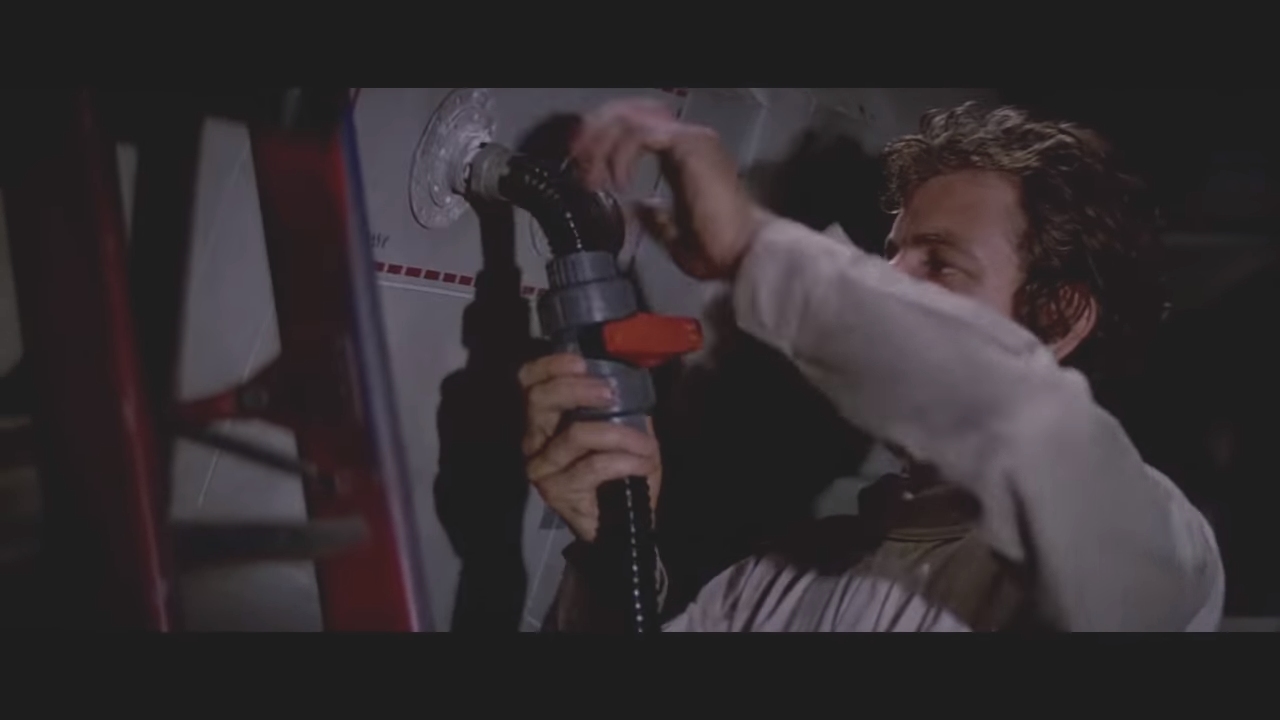
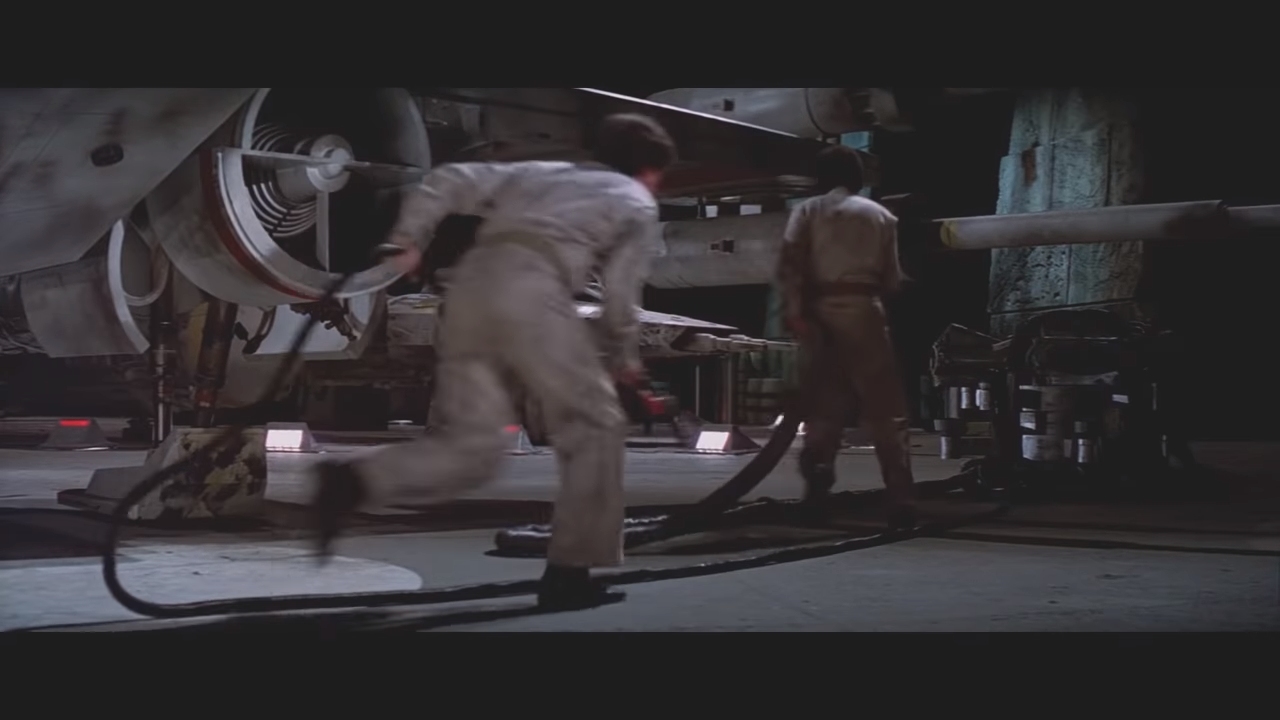
In the above image (Fig. 10) note the location of the “Fueling Port” estimated to be approximately 3.69 meters, on center, from the ground. At this height the fueling port is not practical as a means of fueling for ground technicians or droids to utilize. Likewise its position tucked under the port side wing makes it difficult if not dangerous for aerial refueling.
In the original “Star Wars® (Episode IV: A New Hope)” movie (c. May 25, 1977) we observe X-Wing and Y-Wing fighters being refueled, prior to the Battle of Yavin, by rebel ground crew. All the fueling ports were close to the ground, not over 3 meters in the air to easily facilitate the procedure.
The reasoning for placing a vital, repeatedly-used, fueling port so high on the fuselage of the craft is unknown. None of the original source material provides any clues for this design decision.
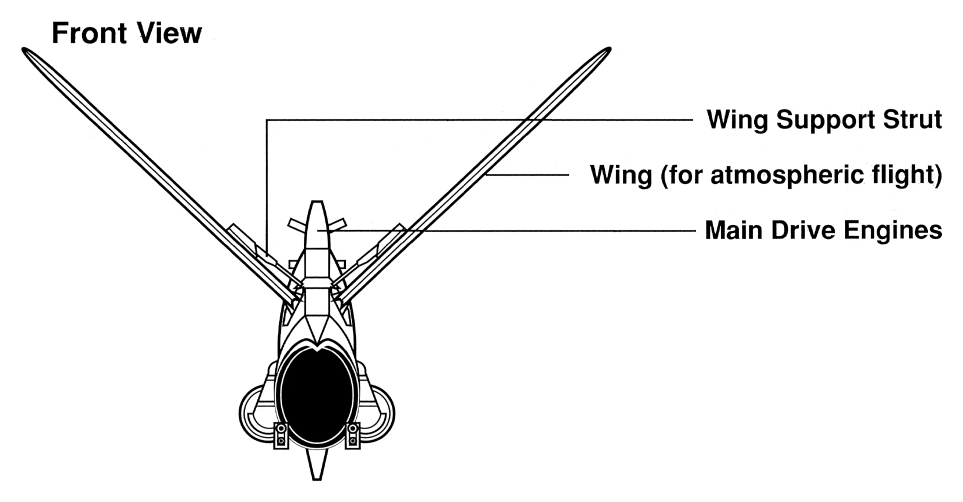
Fig. 11 — Hornet Interceptor schematic (cropped/condensed), artwork by: Troy Vigil,
“The Essential Guide to Vehicles and Vessels”, page 65 (c. March 19, 1996)
“An aileron strut in the delicate insectile wing snapped off, and the Hornet spun into the cyclone. Other parts of its hull broke apart as the ship tried to escape but lurched deeper into the danger zone. Han gave a cry of triumph as the ship exploded into flames that were pulled to tatters by the atmosphere factory's vortex.”
— Kevin J. Anderson, “Jedi Search”, page 12 (c. February 1, 1994)
In real world aircraft, an aileron is a specific flight control surface for adjusting an aircraft's roll. Ailerons do not have struts but have hinges to facilitate articulation. Non-cantilevered wings have struts in subsonic applications. Aircraft built for high speed, like the Hornet Interceptor, should not have wings that require support with struts.
Thus it is suspected Kevin J. Anderson probably meant to say “actuator” or “linkage” instead of “strut”. Thus the actuator and/or linkage broke and the aileron went flapping, with no control, in the hurricane of the atmosphere factory's vortex. The critical word in the above sentence is “in” or not external where a wing strut would be. An aileron strut in the delicate insectile wing
means we are dealing with an internal component failure and/or an internal structural failure of the wing.
Although the result was confusing, the term “strut”, although technically incorrect, may have been an editor choice for simplicity. Thus the wing did not come off, the aileron did not come off, the aileron actuator/linkage snapped, and the aileron simply failed to function spelling doom for the interceptor.
The winds produced by the atmosphere converter were extreme and the fragile fighter should not have pursued the Millennium Falcon so closely. The fault lies in pilot error not any shortcoming of the fighter's design.
It is unknown if the inclusion of exterior “Wing Support Struts” on page 65 of “The Essential Guide to Vehicles and Vessels” was the result of miscommunication or an attempt to reconcile incompatible nomenclature in the original text.